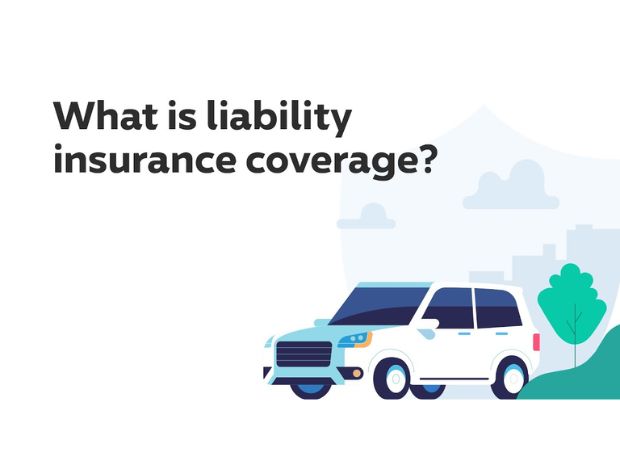Liability insurance is a type of insurance coverage that protects against financial loss resulting from legal liabilities. In the context of car insurance, liability coverage is designed to cover the insured party’s legal obligations for bodily injury or property damage caused to others in an accident for which the insured is at fault.
Components of Liability insurance
There are typically two main components of liability coverage in car insurance:
- Bodily Injury Liability (BIL):
- This part of liability insurance covers the medical expenses, rehabilitation costs, and in some cases, lost wages and legal expenses for individuals injured or killed in an accident where you are at fault.
- Bodily Injury Liability coverage is usually expressed as two limits, for example, $50,000/$100,000. The first number ($50,000) is the maximum amount the insurance will pay per injured person, and the second number ($100,000) is the maximum amount the insurance will pay for all injuries in the accident combined.
- Property Damage Liability (PDL):
- This aspect of liability coverage pays for the damage caused to someone else’s property in an at-fault accident. It typically covers damage to another person’s vehicle, but it can also include damage to other types of property, such as buildings, fences, or utility poles.
- Property Damage Liability coverage is represented by a single limit, for example, $50,000. This means the insurance will pay up to $50,000 for property damage in the event of an accident.
Liability insurance is often required by law in most states, as it ensures that drivers are financially responsible for the consequences of their actions on the road. The minimum limits for liability coverage can vary from state to state, so it’s important for drivers to be aware of the specific requirements in their location.
It’s worth noting that liability insurance only covers damages to others; it does not cover the insured’s own vehicle or injuries. For protection against damage to your own vehicle, you would need additional coverage, such as collision and comprehensive insurance.
Also, check: Navigating Car Insurance in the United States: A Comprehensive Guide
Important Tips about Liability Insurance:
Split Limits vs. Combined Single Limit
Split limits, exemplified by figures like $50,000/$100,000, delineate the maximum amounts an insurance policy will pay per person and per accident for bodily injury. In contrast, a Combined Single Limit (CSL), such as $300,000, represents the total coverage for both bodily injury and property damage in a single limit.
Legal Requirements
The majority of U.S. states impose legal requirements mandating drivers to carry a minimum level of liability insurance. Due to variations in required limits, it is imperative for individuals to understand and adhere to the specific regulations in their state.
No-Fault States
In certain states, a no-fault system is established, wherein each driver’s insurance covers their injuries and damages, irrespective of fault. Despite this system, drivers in no-fault states may still be obligated to maintain liability insurance for property damage.
Supplementary Uninsured/Underinsured Motorist Coverage (UM/UIM)
Certain states necessitate or provide additional coverage to safeguard individuals in accidents involving uninsured or underinsured drivers. This coverage aids in covering medical expenses and property damage when the at-fault driver lacks sufficient insurance.
Exclusions
Liability insurance commonly excludes coverage for intentional acts, criminal activities, or business-related vehicle use. A comprehensive understanding of policy exclusions is crucial to discern what is and isn’t covered.
Legal Defense
Liability insurance often encompasses the costs associated with legal defense if the insured is sued due to a covered accident. This includes attorney fees, court costs, and other legal expenses.
International Coverage
Liability coverage might extend to accidents occurring outside the United States, although the terms and conditions can vary. It is advisable to consult with your insurance provider to ascertain the extent of international coverage.
Premium Determinants
The cost of liability insurance premiums is contingent on factors such as the driver’s age, driving record, location, and chosen coverage limits.
Conclusion
Understanding the intricacies of liability insurance is paramount for responsible vehicle ownership. Not only does it safeguard the insured, but it also ensures financial protection for others affected by an accident. Regularly reviewing and updating liability coverage is recommended to align with current needs and legal requirements.
